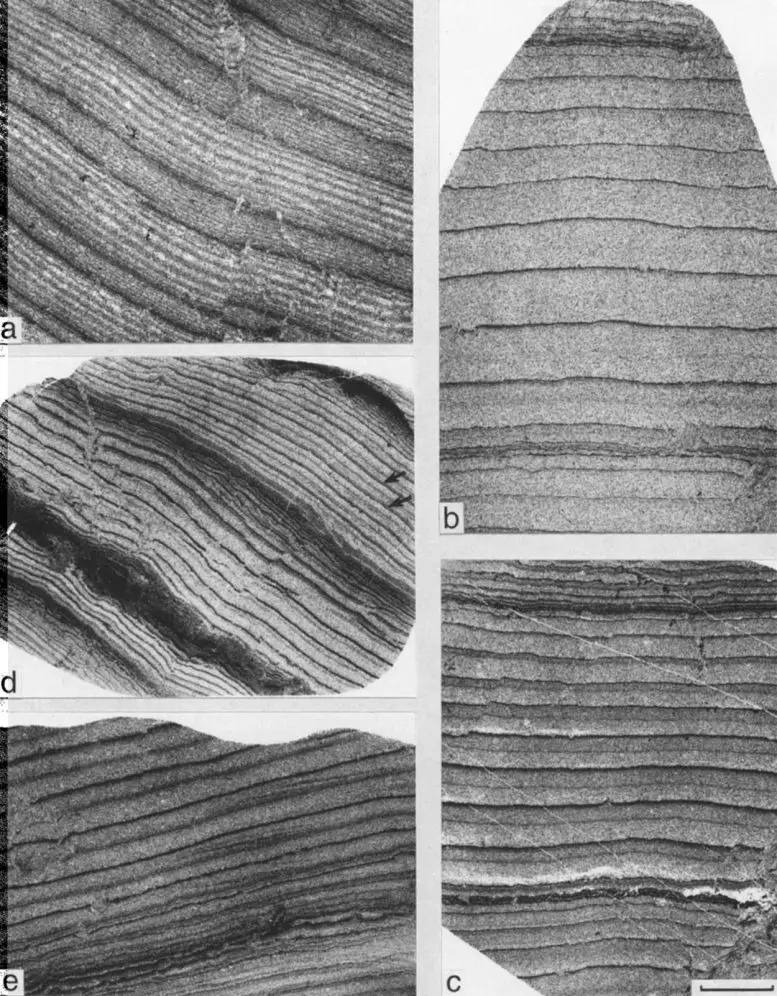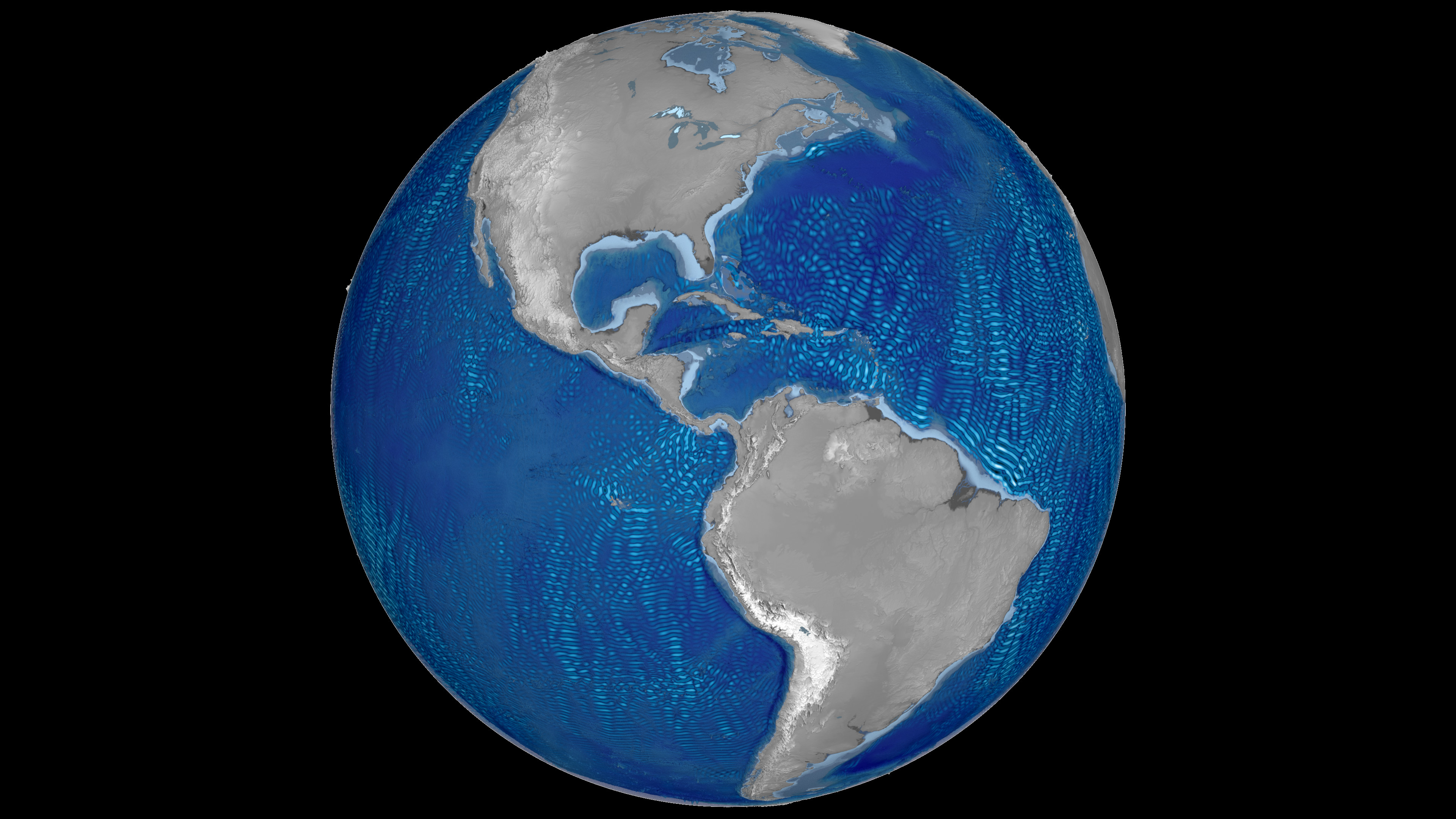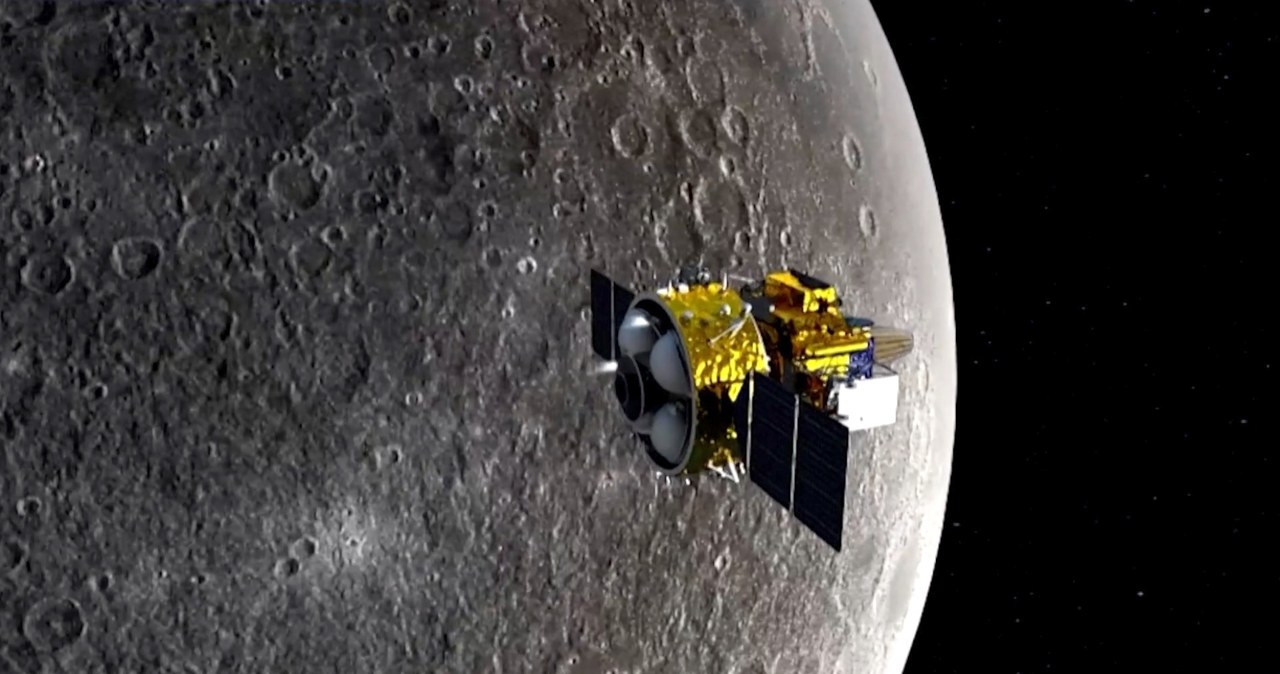Astrophysicists have shed light on the mystery of why Earth’s day, which has been gradually lengthened by lunar tides, has stalled in the process for more than a billion years.
New research shows that between 2 billion and 600 million years ago, solar tides counteracted the influence of the moon, keeping the Earth’s rotation speed and stabilizing daytime at 19.5 hours. Without this billionth gap in the slowing of our planet’s rotation, our current 24-hour day would stretch out to more than 60 hours.
Using geological evidence and tools to study the atmosphere, the researchers showed that the inertia between the sun and the moon was due to a chance but very important relationship between the temperature of the atmosphere and the speed of Earth’s rotation.
When the Moon formed about 4.5 billion years ago, Earth’s day lasted less than 10 hours. Since then, the moon’s gravitational pull has slowed our planet’s rotation, causing daylight hours to increase. It currently runs at a rate of about 1.7 milliseconds per century.
The moon slows the planet’s rotation, pulling in the Earth’s oceans and creating tidal bulges on opposite sides of the globe that we experience as high and low tides. The Moon’s gravity acts on these bulges and the friction between the tides and the ocean floor acts as a brake on our spinning planet. The sun also creates tides and attracts the resulting bulges, creating torque on the earth, but instead of slowing down the earth’s rotation as the moon does, it speeds it up.
On the graph: the energy spectrum of the Earth’s atmosphere. The x-axis is the wavelength, for example 5 is the wavelength of one-fifth of the Earth’s circumference for a wave traveling from west to east, and -5 is the same but for waves traveling from east to west. The y-axis is the frequency in cycles per day, eg 2 means 2 cycles per day or 12 hours. The thin horizontal brown lines show the solar influence in one, two or three cycles per day (24-hour period, 12-hour period, 8-hour period, etc.). Source: Sakazaki and Hamilton
For most of Earth’s geological history, the lunar tides have exceeded the solar tides by about ten times; Hence the slowing down of the Earth’s rotation and the lengthening of days. However, about 2 billion years ago, the bulges were larger because the atmosphere was warmer and its natural resonance — the frequency with which waves move within it — corresponded to the length of the day.
The atmosphere, like a bell, rings at a frequency determined by various factors, including temperature. In other words, waves—like those generated by the 1883 eruption of the Indonesian volcano Krakatoa—travel through it at a speed determined by its temperature. The same principle explains why a bell only makes the same sound if its temperature is constant.
For most of Earth’s history, this atmospheric resonance was out of sync with the planet’s rotational speed. Currently, each of the atmospheric “tides” travel around the globe in 22.8 hours; Because this time and the Earth’s 24-hour rotation period are out of sync, the atmospheric tides are relatively small.
However, over the billions of years studied, the atmosphere has been much warmer and resonated for about 10 hours. This was the time when the Earth’s rotation, slowed by the Moon, reached 20 hours. When the atmospheric resonance became divided by the length of the day – the tenth and twentieth – the tides in the atmosphere intensified, the bulges became larger, and the solar gravitational pull became strong enough to counteract the lunar tides.

Pictured: sediment samples taken from the estuary that were used for tidal research. Source: JE Williams
It’s like pushing a baby on a swing. If the swing’s thrust moment i is out of sync with the swing’s oscillation period, its amplitude will not increase. However, if these two quantities are synchronized, i.e. the thrust occurs when the swing stops at the point of the largest swing, then the thrust will increase the swing momentum, which will start to rise higher and higher. This is what happened to atmospheric resonance and tides.
In addition to the geological evidence, the researchers used global atmospheric circulation models to predict the temperature of the atmosphere over the time period studied. These are the same models climate scientists use to study global warming. Despite the distance in geological history, the results obtained provide an additional perspective on the climate crisis. Because the atmospheric resonance changes with temperature, the authors suggest that the currently warming of our planet’s atmosphere could lead to tidal imbalances.
“By warming the Earth with global warming, we also increase the resonant frequency—we’re moving our atmosphere away from the resonance. As a result, there’s less momentum coming from the sun, so the length of day will continue to increase earlier than it otherwise would have been. says Murray, one of the study’s authors.
Więcej informacji: publikacja „Why does a day have 24 hours: history of Earth’s atmosphere’s convection tides, composition, and mean temperature” Science Advances (2023). DOI: 10.1126/sciadv.add2499
Prepared by Joanna Molinda-Akowicz
Pictured: tidal modeling. Credit: NASA Science Visualization Studio

Echo Richards embodies a personality that is a delightful contradiction: a humble musicaholic who never brags about her expansive knowledge of both classic and contemporary tunes. Infuriatingly modest, one would never know from a mere conversation how deeply entrenched she is in the world of music. This passion seamlessly translates into her problem-solving skills, with Echo often drawing inspiration from melodies and rhythms. A voracious reader, she dives deep into literature, using stories to influence her own hardcore writing. Her spirited advocacy for alcohol isn’t about mere indulgence, but about celebrating life’s poignant moments.


![Inspectors knock on the houses and apartments of the Poles. There are severe penalties [16.08.2023]](https://warszawawpigulce.pl/wp-content/uploads/2023/07/Kontrola-wazne-uwaga.jpg)






